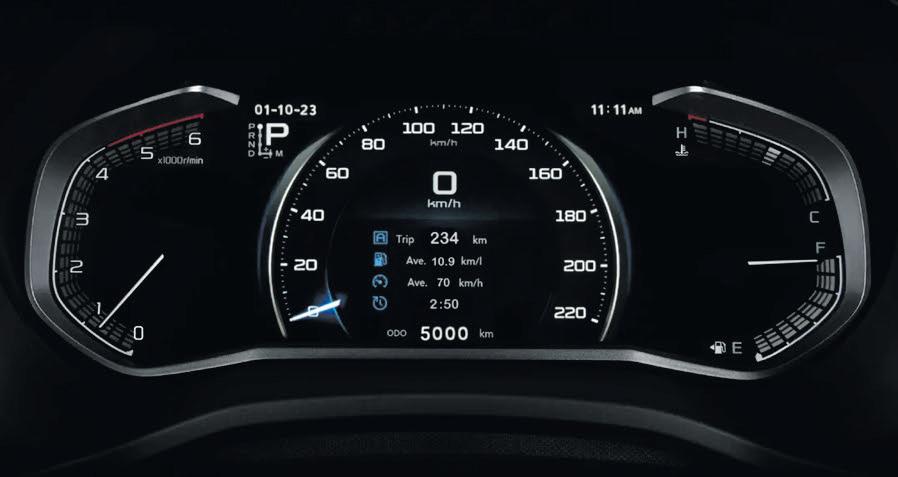
1 minute read
WIDTH LIMIT CHANGES TO DRIVE ELECTRIC TRUCK UPTAKE
which will align with standards used by major supplier economies.


EVC chief executive
By Electric Vehicle Council
The federal government’s move to increase the width limit of trucks will bring Australia in line with major overseas markets and help increase the uptake of electric heavy vehicles, according to the Electric Vehicle Council. The overall width limit of trucks will increase from 2.50 to 2.55 metres,
Behyad Jafari said the electric vehicle industry has been calling for the change for several years. The EVC congratulates the government for working collaboratively with industry and other stakeholders to deliver this important change.
“Increasing the width limit of trucks brings Australia in line with major overseas markets, like the EU, which is vital if we want to increase the supply of electric trucks on our roads,” Mr Jafari said.
“Being out of step with international regulation has restricted the supply of electric trucks into Australia. Aligning these standards will make it simpler and cheaper for Australian operators to access electric trucks, while also improving productivity, freight effciency and safety.

“Australia is dependent on trucks to deliver goods across our massive nation, meaning they make up around one-ffth of the country’s transport emissions. Having more electric trucks crossing the country will reduce transport emissions, improve air quality, cut the cost of freight and reduce operating costs for owners as we decrease our reliance on expensive, imported fuel.
“As the adoption of electric trucks accelerates around the world, it’s vital that Australia stops falling behind. Increasing the width limit is a great frst step, but we need to keep the momentum going to support our country’s electrifcation of trucks.
“We encourage the federal government to build on this announcement by introducing a mass concession (one tonne minimum) for electric trucks, and making it cheaper and attractive for Australian businesses wanting to embrace this technology. More broadly, we need a
National Electric Heavy Vehicle Strategy that outlines a plan to decarbonise our heavy vehicle feet over the long haul.”









